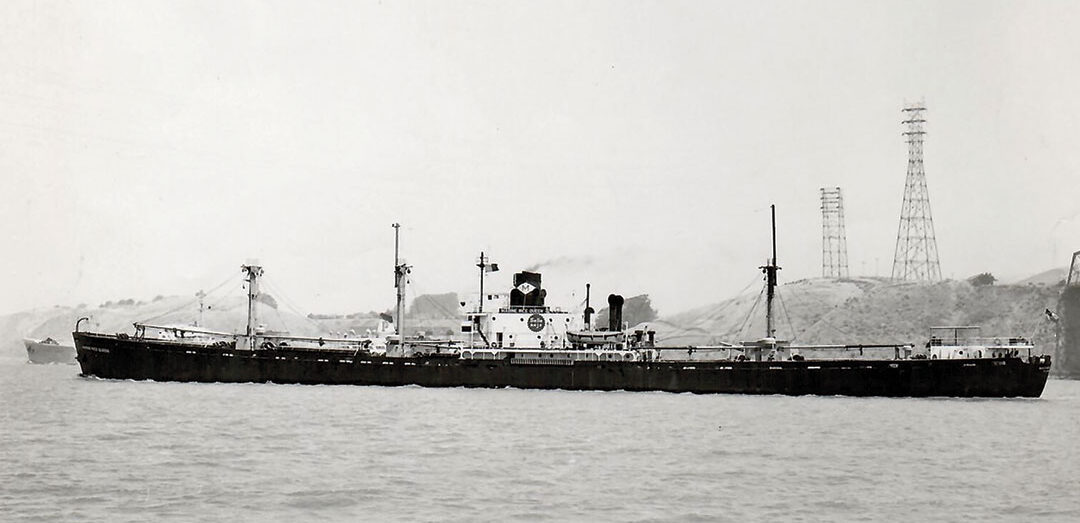 For many decades, shipments of California rice grown and processed in the state’s Central Valley have found their way to markets around the globe.
For many decades, shipments of California rice grown and processed in the state’s Central Valley have found their way to markets around the globe.
In years past, rice shipments were bagged and loaded aboard scow schooners and river steamers that transited the San Joaquin and Sacramento Rivers to San Francisco for domestic consumption and shipment overseas.
As time went on, the schooners gave way to trucks and trains, but the rising demand for rice, particularly in overseas markets, outstripped the capacity to handle the upsurge.
In 1959, the California Rice Growers Association came up with the idea of shipping rice in bulk directly from the source. The following year, the trade group invested $800,000 in the conversion of Armonk – a World War II-era Liberty Ship launched as Clifford E. Ashby in 1945 – into a self-loading bulk carrier specifically reconfigured to carry rice in bulk.
Each of the ship’s five holds were capable of accommodating up to 2,000 tons of rice and were outfitted with huge worm gears that carried the rice to bucket-type elevators.
On April 4, 1960, the New York Times reported that “the newly-named Marine Rice Queen, said to be the only cargo ship in the world specially designed to transport rice in bulk, will be ready at the end of this month for her new role. She will carry 10,000-ton cargoes between California and Puerto Rico.”
Marine Rice Queen was long-term chartered by the California Rice Growers, and owned and operated by Marine Rice Transport Corp., a subsidiary of Marine Transport Lines.
Late that April, the ship sailed on its maiden voyage from the Port of Stockton for San Juan, Puerto Rico, with a full load of rice.
As the years passed, demand once again outstripped the ability to meet market needs, and the decision was made to sell-off Marine Rice Queen and replace it with a reconfigured T-2 tanker, which was converted to a self-unloading bulker in 1963.
The ship was completed as Atlantic Mariner in 1945 by the Sun Shipbuilding & Drydock Co. and renamed Rice Queen.
Today, California-grown rice is still in great demand all over the world and is shipped from three primary sites – the Ports of West Sacramento and Stockton, which handle large shipments of bagged rice and bulk rice, and the Port of Oakland, which serves as the export center for containerized shipments of the product that find their way to points in all over the world.

